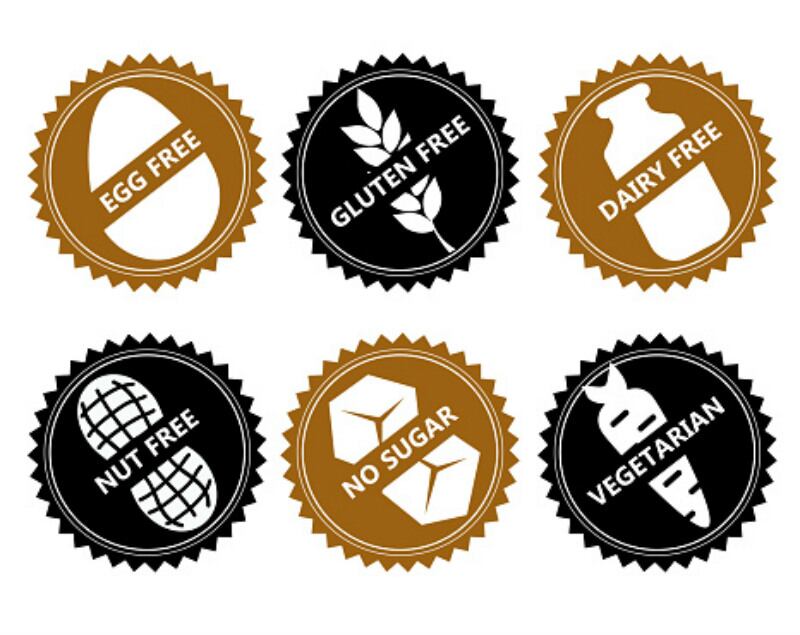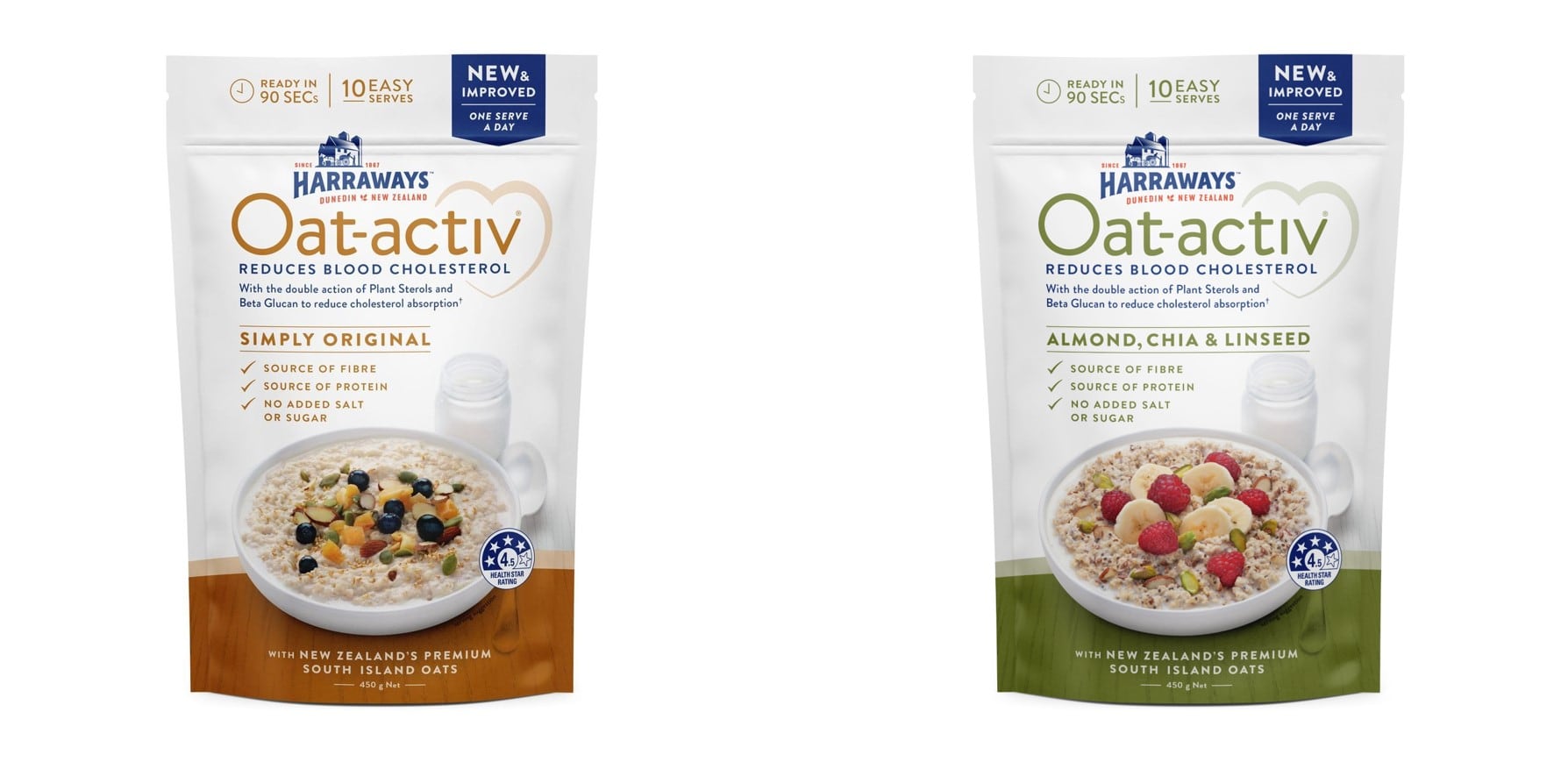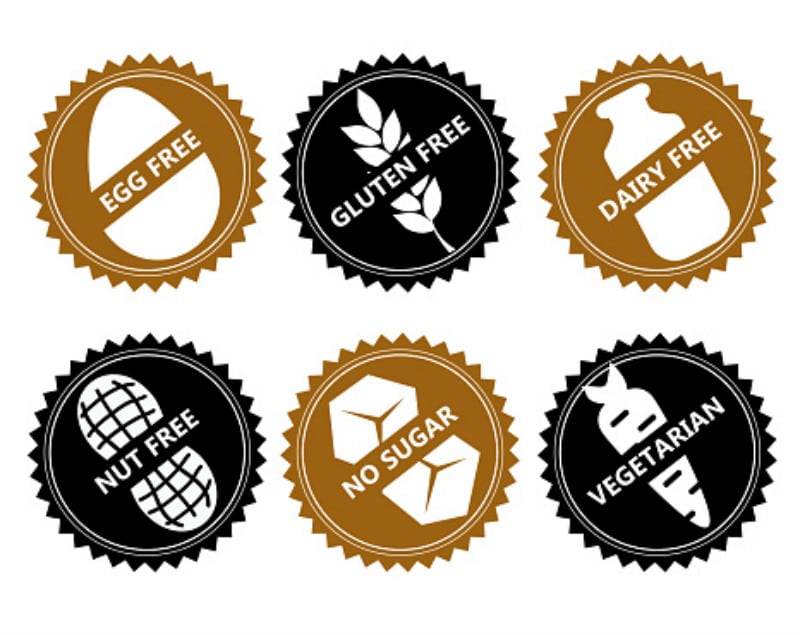Food Standards Australia New Zealand (FSANZ) recently announced that all food products containing specified allergens must declare these on food labels in ‘plain, simple English’ following the implementation of new regulations in this regard.
“The Australia New Zealand Food Standards Code [has been] amended to introduce new requirements for the labelling of allergens in food, [mainly that] allergen information is to be declared in a specific format and location on food labels, and using simple, plain English terms in bold font,” said FSANZ via a formal statement.
FSANZ CEO Mark Booth added that this aimed to ‘help consumers to read and interpret allergen information more quickly and easily’ so as to ‘make informed and safe food choices’.
“Businesses have 3 years from 25 February 2021 to implement the new requirements - During this transition period, food businesses can comply with either the existing allergen declaration requirements or the new requirements,” he said.
“A two-year stock-in-trade period will follow the transition period, meaning any food packaged and labelled with existing allergen declarations before the end of the transition period may be sold for up to two years after the end of the transition period.”
The Australian food industry has voiced approval of these regulatory changes from a public health perspective, as well as gratitude for the three-year transition period to mitigate costs arising from the label changes.
“The cost to industry from this allergen label change has been assessed to be as much as A$100mn (US$77.3mn) but the fact that the transition period is over three years is very critical to mitigating this,” Food South Australia CEO Catherine Sayer told FoodNavigator-Asia.
“The main costs would be the redesigning of labels as well as the relevant print runs – very few companies would hold labels for a three year period, which means that during this time there will be label reruns during which the new information can be added or changed.
“One area we think is good about these new requirements is that things will be more specific, e.g. instead of just a label identifying nuts, the types of nuts from peanut to macadamia will have to be specified.
“So we do feel that the PEAL requirements will make things clearer for consumers, but it’s just making something that is already good become even better, as there really actually aren’t that many problems with the existing standards, there haven’t really been cases of anaphylaxis associated with food.”
Public health experts have also welcomed FSANZ’s move, describing this as an ‘important change’ and a ‘good step in the right direction’ – but disagreed with Sayer’s view that problems from allergens in the food supply are rare.
“The overall cases of allergic sensitisation to any type of food does not seem to have diminished in the past several years, but rather has increased,” James Cook University’s Molecular Allergy Research Laboratory head Professor Andreas Lopata told FoodNavigator-Asia.
“[This is why] this new legislation is very important for consumers – they are ultimately responsible for making their own judgements about the safety of every food they choose to consume, a constant challenge made much more difficult if they are not provided with clear and accurate information with which to make those judgements.”
Murdoch Children’s Research Institute’s Dr Jennifer Koplin, a lead researcher in the renowned Healthnuts children food allergy study, told us that food allergies in children are considered common in Australia.
“One in 20 young infants below 12 months of age and one in 10 children suffer from food allergies, so this regulations change is important to make sure consumers have the clear information they need to make decisions more easily,” she said.
Both experts stated that the three-year transition period is ‘necessary’ in terms of striking a balance with the food industry’s needs, but urged that food firms implement this as quickly as possible.
“From a public health point of view, of course we want this to be implemented ASAP, but there are many other considerations here too, and this three-year period was decided on to balance competing needs,” said Dr Koplin.
Prof Lopata added that: “It would be difficult for all products on the shelf or in stock [to immediately implement these changes], but it is hoped that food companies adhere to the new labelling requirements as soon as possible.
“For some allergens this could be lifesaving - for example the current labelling of ‘nuts’ should be changed to specific the actual nut type [as quickly as possible] eg. almonds, Brazil nut, cashews, etc.”
Other efforts
Beyond regulatory changes alone, both the industry and public health experts stressed that collaborative efforts between industry and allergen experts are necessary to maximise consumer safety from allergens.
“Legislation is just one part of the equation – the other is preventing cross-contamination as it’s great for food firms to highlight allergens they know are in the products, but what about unintentional ones?” said Dr Koplin.
“So there’s a shared responsibility here between manufacturers and allergy associations to help consumers – a consensus statement was recently published on this, attempting to clarify the responsibilities of consumers and food firms.”
According to the statement, available on the Allergy & Anaphylaxis Australia (A&AA) site here, consumers are responsible for areas such as reading food labels and making judgements about the foods they consume, whereas food manufacturers are responsible for following robust allergen management practices and use ‘clear, consistent labelling’.
Sayer added that the Australian Food and Grocery Council (AFGC) and Allergen Bureau had also published a Food Industry Guide to Allergen Management and Labelling, containing guidelines for the industry to manage risks associated with food allergens in ingredients and products.
How to improve
Professor Lopata has also opined that FSANZ needs to be rigorous in following up and monitoring the progress of implementation of the new labelling regulations, as well as ensuring that consumers have a clear enough understanding of he allergies.
“More work needs to be done in order to monitor whether mandatory labelling is employed appropriately by industry and understood by consumers,” he said.
“A recent study from the United States showed that allergies amongst adults is also very common, despite what is commonly believed, with over 10% showing some type of food allergy led by shellfish, of which 45% were allergic to multiple foods.
“This realisation that food allergy affects adults as much as children should stimulate the food industry to [place more focus on] better food labelling and raising more awareness about food allergies.”





